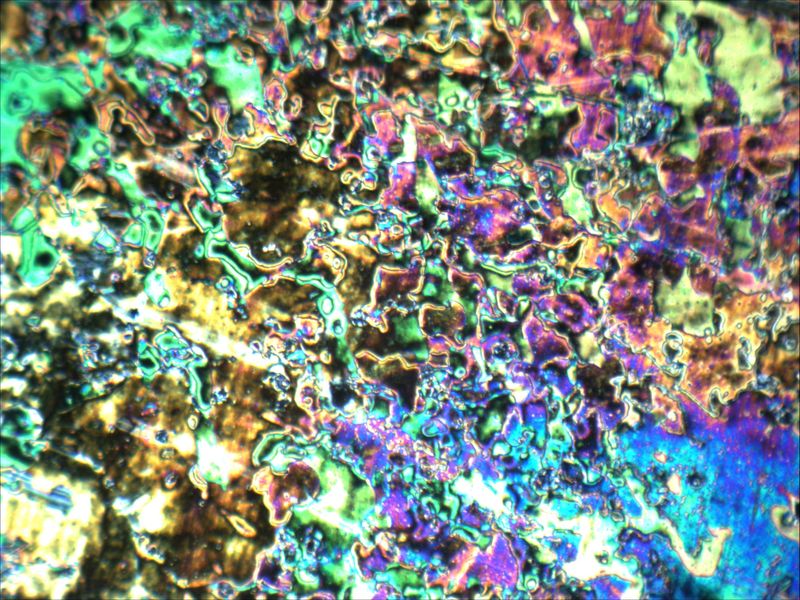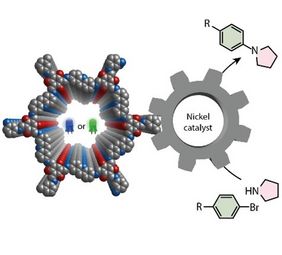Covalent organic frameworks (COFs) are structurally tuneable, porous and crystalline polymers constructed through the covalent attachment of small organic building blocks as elementary units. Using the myriad of such building blocks, a broad spectrum of functionalities can be introduced into COFs and used for catalytic applications. Two recent publications in Angewandte Chemie (one selected as Hot Paper, the other as VIP paper) show the versatility of COFs as materials for photo- and electrocatalytic applications.
The first paper,[1] authored by the groups of Bart Pieber, Arne Thomas and the LIKAT as external UniSysCat partner, reports the synthesis of a new family of porous and crystalline COFs introducing acridine moieties as photosensitizers within the backbone. These COFs show broad absorption in the visible light region and can be applied as photocatalysts in metallaphotocatalytic C−N cross-coupling reactions. Furthermore, charge generation and separation upon light irradiation can be tuned by varying the backbone structure of the material. The COF show excellent yields, good recyclability and catalyzed organic transformations even in presence of green light as lower excitation energy source.
In the second paper,[2] authored by the UniSysCat groups of Beatriz Roldan Cuenya, Arne Thomas and Peter Strasser, a Nitrogen-rich and Nickel-embedded COF is used as precursor for Nickel-nitrogen-doped carbons (Ni-N-C) for which the Ni−Nx content can be adjusted by the pyrolysis temperature. The (COF)-derived Ni-N-C is an efficient catalyst for CO2 reduction to CO in which the generated single-site Ni−Nx motif is believed to be the active site. A combination of high-angle annular dark-field scanning transmission electron microscopy and extended X-ray absorption fine structure indeed evidenced the presence of Ni single-sites, and quantitative X-ray photoemission addressed the relation between active site density and turnover frequency.
[1] This study has been published as an Open Access paper in Angewandte Chemie: M. Traxler, S. Gisbertz, P. Pachfule, J. Schmidt, J. Roeser, S. Reischauer, J. Rabeah, B. Pieber, A. Thomas, Angew. Chem. Int. Ed. 2022, e202117738, https://onlinelibrary.wiley.com/doi/full/10.1002/anie.202117738
[2] This study has been published as an Open Access paper in Angewandte Chemie: C. Li, W. Ju, S. Vijay, J. Timoshenko, K. Mou, D. A. Cullen, J. Yang, X. Wang, P. Pachfule, S. Brückner, H. S. Jeon, F. T. Haase, S.-C. Tsang, C. Rettenmaier, K. Chan, B. R. Cuenya, A. Thomas, P. Strasser, Angew. Chem. Int. Ed. 2022, 61, e202114707, https://onlinelibrary.wiley.com/doi/10.1002/anie.202114707



